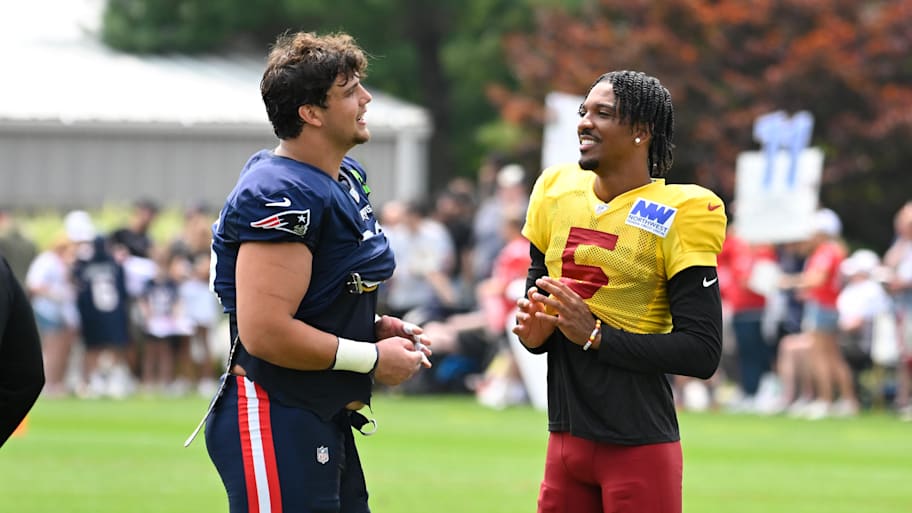NFL training camps have been off and running across the country for the last several weeks now, meaning Week 1 of the preseason is just around the corner—and with it comes joint practice season.
For those unfamiliar, joint practices are a common occurrence across the NFL where teams get together the week prior to their preseason contests in order to get some extra work in ahead of the regular season.
While these sessions aren't necessarily a new phenomenon, their frequency has certainly ticked up in recent years. Here's a look at why teams choose to hold joint practices during training camp:
Why Do NFL Teams Do Joint Practices?
It's no secret that NFL teams use training camp as a ramp-up period ahead of Week 1, and joint practices are a way to take that to the next level. The sessions give players an opportunity to face off against an unfamiliar opponent after weeks of going against their own teammates, while offering a more competitive setting than standard practices and a more controlled environment than preseason games.
Unlike preseason games, which include a game clock and referees, joint practices are managed by coaches. This allows the teams to control the tempo of practice, the drills that they want to run, and the matchups they may want to see. Because of this, joint practices can help limit injuries while still simulating game-like scenarios and intensity.
Though they're certainly not a perfect recipe—given that fights can often break out—joint practices remain a more strategic way to evaluate talent and prepare for Week 1.
More NFL on Sports Illustrated
This article was originally published on www.si.com as NFL Training Camp 2025: Why Joint Practices Are a Growing Trend Around the League.
